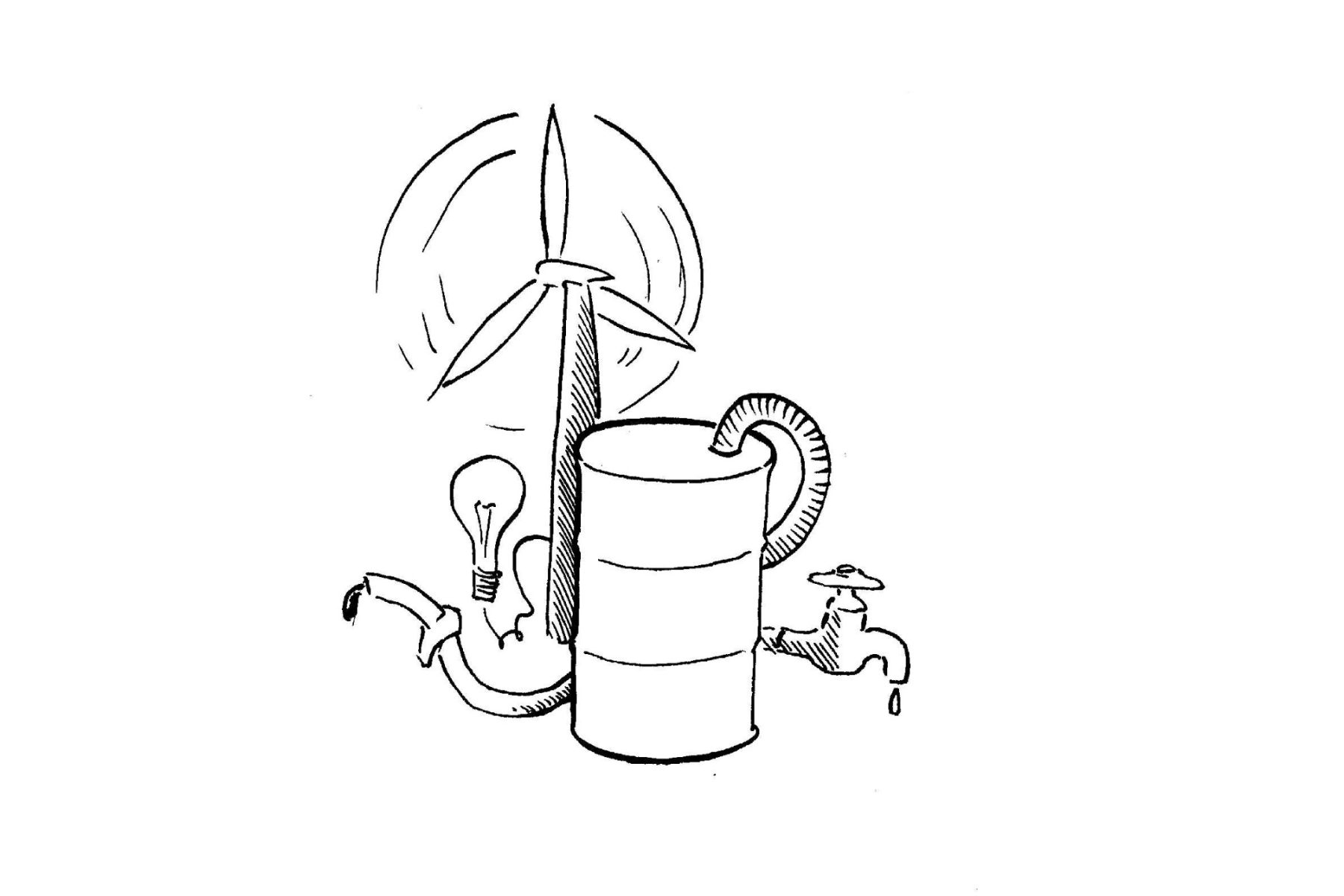
The Context
Few organizational metrics are more undervalued than energy. If company leaders want to build something sustainable, both operationally and also culturally, the question they should be asking their team members is, does this drain or recharge your batteries? After all, this is a business landscape where there are a million potential things all of us could be doing. And we only have so much bandwidth. Which means doing the right work is equally as important as doing the work right. That’s a key tenant of design thinking, as well as agile development. Using energy as the organizing principle. It makes almost everything better, faster and more human. Because when the team starts from a baseline of excitement and momentum, the work is so much less of an uphill battle. The energy is what keeps everyone rolling and motivated, that way projects don’t get lost in the shuffle.
The Tool
Energetic Capital
ENERGETIC CAPITAL — Using team energy as the primary organizing principle of your work
Think about all the great ideas you and your team had over the years. Odds are, if they got buried on yet another shared brainstorming document in the bowels of your chaotic company drive, it’s because of a lack of energy. Don’t blame it on the ideas, blame it on the lack of momentum behind them. The operational challenge around this metric is managing expectations. Both with labor and management. Company leaders need to accept that no new project is a magic button, but a process that we all commit to. It doesn’t exist overnight, and it doesn’t produce results overnight. Despite the mindset of many businesspeople who believe exponential thinking is the sole path to brand growth, incrementalism is still powerful. Small, consistent, deliberate moves create momentum that propels the team to the next steps with less friction.

Scott's Take
Weiss, who has written more books on consulting than anyone alive, uses something called the one percent rule. He says that if you improved by one percent a day, in seventy days, you’d be twice as good. Do a little every single day, he writes, and in the near future, you’re going to be successful. This principle of compound interest has had a profound impact on my own work, and has numerous applications to business. If only more people would practice it. That brings us to the other side of the company, labor. The grunts actually executing the work. Yes, they should follow their energy, or if a project is mundane, then find a way to reframe the work so it taps into their energy. But if they’re going to be spending resources like time, money labor and effort, then they have to apply at least some kind of filter of usefulness over things. Their responsibility has to be around utility value. Because if something takes a lot of work but most customers wouldn't even notice, then that’s not utility, that’s vanity. On the other hand, if a project is going make people’s jobs significantly easier at the company by reducing labor intensity, then it’s probably worth doing. Or if it’s going to deliver more value to customers rather than having them pay less for the service, then it’s probably worth doing.
The Rest
Ultimately, treating energy as an organizing principle does work. But people at the top and the bottom have to buy in to it. Does this drain or recharge your batteries?
The Benefits
Do the right work while also doing the work right
Begin tasks from a baseline of excitement/momentum
Reframe mundane work so it taps into your strengths
Reduce labor intensity of work with projects getting lost in the shuffle